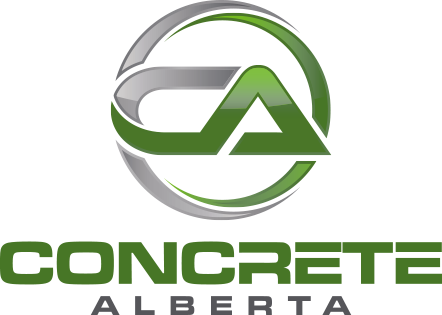|
Basic Tips
|
- In accordance with CSA, water may be added once to concrete in the ready mix truck within the first hour after batching to bring the slump to design target provided the w/cm design target is not exceeded. If more workability is desired beyond that point, it must be done by the use of a high range water reducer in order to maintain the quality of the concrete.
- By adding just 5 litres of water to one cubic metre of 30 MPa of DURA-MIX® concrete you will:
- Increase the slump by about 25mm
- Increase the shrinkage potential by 10%
- Reduce its freeze-thaw resistance by 20%
- If you need workability in your mix ask your supplier to adjust the mix at the plant. Don't adjust the mix at the jobsite.
- Discharge concrete from the chute as close as possible to its final resting place.
- DO NOT USE a garden tooth rake to move the concrete horizontally. Use a square mouth shovel or concrete rake for this purpose to prevent segregation of the concrete.
- Level concrete with a straightedge.
- Use a full-depth isolation joint to prevent bonding to stairs, approaches, garage floor, sidewalk, walls, etc. Darby or bull-float immediately.
Following placement and leveling, allow any bleed water which appears to evaporate before attempting to finish. Failure to wait will likely result in a scaled surface within the first few seasons. Do not sprinkle cement on the concrete surface to absorb this water. The waiting time for bleed water to dissipate may range from 15 minutes on hot days, to several hours on cool, damp days.
Float surface prior to texturing and jointing.
Use an edging tool along forms.
Texture the driveway and garage slab surface with a light broom finish to leave a non-slippery, slightly roughened surface.
All control joints must be a minimum of 1/4 the thickness of the concrete slab. If the control joints are sawed into the hardened concrete, it should be done as soon as possible without raveling the joint and no later than 24 hours after concrete placement at recommended spacing intervals commensurate with slab thickness and maximum coarse aggregate size.
- Cure Concrete For Strength And Durability
- Curing of concrete involves: TIME, TEMPERATURE and PROTECTION FROM MOISTURE LOSS.
- TIME: Minimum 3 days at 10 degree C or as stated above.
|
|
Notes about the weather
|
TEMPERATURE: If ambient temperature drops below 5 degrees C within 24 hours, concrete must be protected for the first 3 days with insulating material, such as insulated blankets or straw. Tarps should be removed during the day, and re-applied at night. Additionally, concrete must be allowed to air-dry for approximately 30 days before winter.
Protection from moisture loss: Concrete Hardening requires that moisture be present for cement hydration.
Curing methods include:
1) curing compounds
2) continuous water spray
3) covering with wet burlap
4) ponding
5) covering with plastic sheets
When placing concrete after September 15, the use of curing compounds is not recommended. Proper cold-weather curing procedures should be followed. A high-quality sealer should be applied in the spring. Your driveway should be kept clear of ice, snow and freezable materials.
Placement of concrete pavements after September 30th is not recommended unless proper Cold Weather Concrete procedures are followed. CSA A23.1 recommends: Concrete subject to freeze-thaw and de-icing chemicals should be cured for a minimum period of 7 days at 10 degree C , or the time required to attain 70% of specified 28 day concrete design strength.
CAUTION: The use of DE-ICING CHEMICALS AND SOME FERTILIZERS may be harmful to your concrete surface.
MAINTAINING YOUR CONCRETE SURFACE
To maintain a quality and durable concrete surface for many years, the following is highly recommended:
Concrete must be re-sealed with a high quality sealer as per manufacturer's directions.The driveway, sidewalk, or garage pad should be kept clear of ice, snow and freezable materials in winter.
CONCRETE ALBERTA RECOMMENDS THAT CONCRETE BE PLACED AND FINISHED BY A CERTIFIED JOURNEYMAN FINISHER.
|
